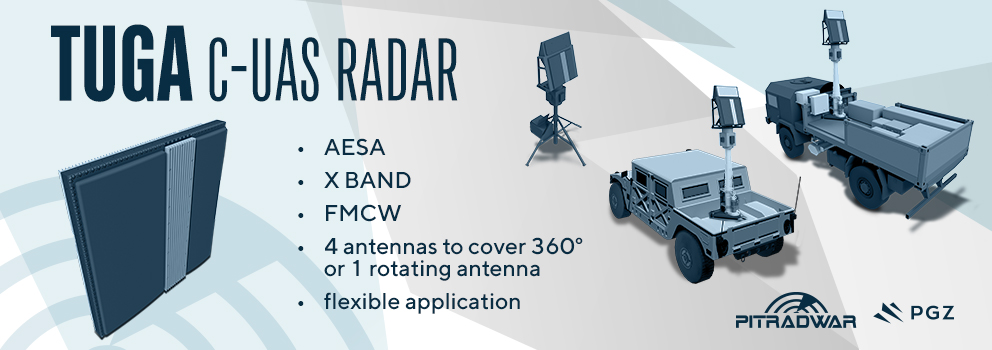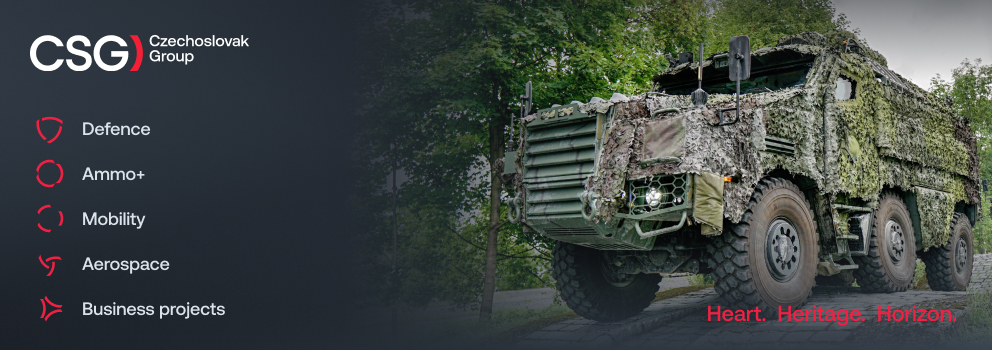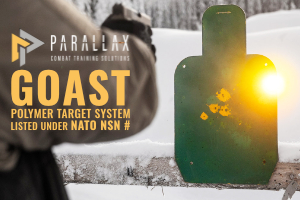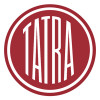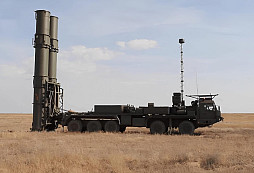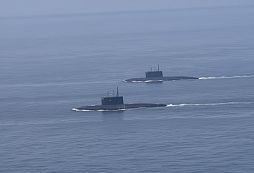US pressure to increase defence spending in the context of transatlantic relations
An administrative change in the United States is putting unprecedented pressure on European NATO members regarding defence spending. The demand to more than double defence spending to five per cent of GDP comes at a time when most European countries, including the Czech Republic, are only just reaching the two per cent minimum. This situation requires a strategic rethink of the current approach to defence funding and raises fundamental questions about the future shape of the European security architecture.
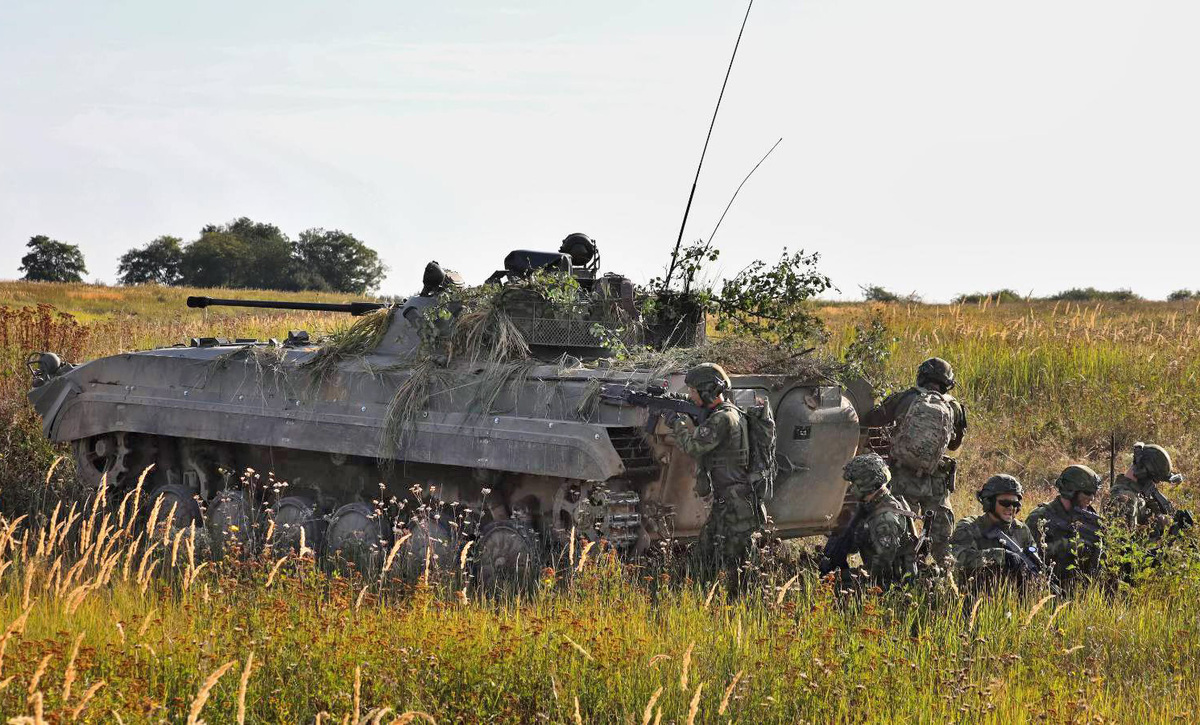
Donald Trump's second term in office is bringing unprecedented dynamics to transatlantic relations. US Ambassador to NATO Matthew Whitaker has publicly threatened that President Trump will skip the upcoming Alliance summit in The Hague if European allies do not increase their defence budgets. The demand to allocate five per cent of GDP to defence, more than double the current Alliance standard, presents European partners with a fundamental geopolitical choice: either significantly strengthen their defence capabilities or risk weakening US security guarantees.
Transatlantic relations in an era of calculated uncertainty
Trump's strategic communication towards allies systematically uses uncertainty as a negotiating tool. Defence Secretary Pete Hegseth recently formulated the new American approach in a direct dialogue with his German counterpart Boris Pistorius: ‘Europe must take care of itself militarily because the United States has other priorities.’ This rhetorical device is not merely a negotiating manoeuvre – it reflects a deeper geopolitical shift in US strategy towards the Indo-Pacific region and an effort to rethink the global distribution of security responsibilities.
Special attention is being paid to Germany, Europe's economic engine, which only reached the two per cent minimum defence spending target for the first time in 2023. Germany's response suggests that Trump's strategy is achieving its goals – according to Der Spiegel, Minister Pistorius is preparing a plan to increase defence spending to three per cent of GDP. With this move, Berlin is signalling to Washington its readiness to take on a greater share of responsibility for European security architecture.
From commitment to reality: Europe's chronic defence capacity deficit
The commitment of all NATO member states to allocate two per cent of GDP to defence by 2024 was already set at the Wales Summit in 2014. Ten years later, only 11 of the 31 alliance countries have met this target. Specific data reveal striking differences between members – Poland (3.90%), the US (3.49%) and Greece (3.01%) significantly exceed the threshold, while a number of countries, including the Czech Republic, remain below it.
A more detailed analysis reveals a correlation between geographical location and defence spending. Countries on the eastern border of the Alliance, which perceive more immediate security risks, invest significantly more in defence capabilities than their Western European partners. Poland has increased its spending from 1.9% to 3.9% of GDP over the past ten years and is on track to exceed the 4% threshold. Finland, the newest member of the Alliance, invests 2.46% of its GDP, which, with a population of 5.5 million, corresponds to a budget of approximately CZK 170 billion, significantly more than the Czech Republic, which has twice the population.
This pattern highlights a fundamental problem in European security architecture – the uneven perception of threats and the uneven distribution of the costs of collective defence.
Creative accounting versus strategic investment: the Czech path to the two per cent commitment
In 2023, the Czech Republic adopted a law on defence financing that establishes an obligation to allocate at least two per cent of GDP to defence purposes. However, an analysis of the implementation of this commitment reveals a specific approach that raises questions about the effective use of these funds.
Although the Ministry of Defence announced in December 2024 that it had met the two per cent commitment, closer examination reveals that CZK 12.8 billion comes from the budgets of other ministries. The Ministry of Foreign Affairs includes the costs of the Permanent NATO Delegation in Brussels in its defence expenditure, the Ministry of the Interior includes expenditure on information systems and anti-drone protection, and the Ministry of Transport includes the reconstruction of transport infrastructure that could potentially be used for the movement of military equipment.
This methodological creativity, however formally in line with Alliance parameters, does not address the fundamental problem of insufficient investment in key defence capabilities. Defence Minister Jana Černochová herself admitted that ‘some items are unlikely to be recognised by the Alliance.’ The fact that NATO assesses the eligibility of expenditure retrospectively means that the final assessment of the Czech Republic's fulfilment of its 2% commitment will not be known until the second quarter of 2025.
Historical perspective: The current standard as a historical minimum
In a broader historical context, the current two per cent standard seems exceptionally low. The First Republic of Czechoslovakia invested 12-16 per cent of GDP in defence, while socialist Czechoslovakia consistently invested around 5 per cent of GDP. This comparison illustrates how significantly the security paradigm has changed in the era of collective defence – thanks to the synergistic effects of alliance cooperation, NATO member states can achieve adequate levels of defence capability at lower relative costs.
In this respect, Trump's demand for 5% of GDP represents a return to historical standards, not an unreasonable burden. The difference lies in the qualitative transformation of defence spending – modern defence systems require a level of technological sophistication and specialisation that is incomparably higher than that of 20th-century defence concepts.
The security dilemma for the Czech Republic: The need for a systemic approach
The Czech Republic is facing a strategic decision – either to continue on the path of accounting optimisation or to undertake a fundamental defence restructuring. Trump's demand for a five per cent standard would mean allocating approximately CZK 400 billion per year to defence under the current structure of the Czech budget, which is a politically and economically difficult scenario to implement.
An analysis of the current state of Czech defence revealed three key weaknesses: insufficient personnel capacity in the active forces, technological backwardness of key systems, and the absence of a strategic industrial base capable of ensuring autonomous production of critical defence technologies. Addressing these structural problems requires a long-term conceptual approach that goes beyond individual election cycles.
The Czech Republic has a unique opportunity to transform its defence sector through targeted investments in high value-added areas such as cyber defence, advanced sensor systems and unmanned technologies. These domains do not require massive capital investments comparable to conventional areas such as aviation or heavy ground forces, but at the same time they allow for the development of specific capabilities relevant to Alliance operations.
Strategic autonomy as Europe's response to American pressure
Trump's transatlantic approach, however disruptive it may be perceived, is catalysing a long-delayed debate on European strategic autonomy. The demand for 5% of GDP to be spent on defence is unrealistic in the current model of 27 parallel defence structures within the EU. However, it could be achieved through a fundamental restructuring of the European defence architecture and the elimination of redundancies.
The European Commission estimates that uncoordinated defence procurement and duplicate capabilities generate annual losses of €25-100 billion. Consolidation of the European defence industry, standardisation of equipment and an integrated approach to research and development would make it possible to achieve significantly higher defence capabilities at comparable costs.
For the Czech Republic, the European integration process in the defence sector represents an opportunity to overcome the limitations imposed by the size of the domestic market. Focusing on selected high value-added cutting-edge technology segments and active participation in European defence projects such as PESCO (Permanent Structured Cooperation) can bring synergies far beyond the possibilities of independent national action.
New security paradigms: From reactive defence to proactive resilience
Trump's demand for increased defence spending must be viewed in the broader context of the transformation of the security environment. Traditional concepts of defence based on territorial integrity and conventional military capabilities do not address the complexity of 21st-century hybrid threats. Cyber attacks, disinformation operations and economic instruments of power projection pose challenges that require a fundamentally different approach to security.
The modern concept of defence capability transcends the boundaries of the Ministry of Defence and encompasses a broader spectrum of state and non-state actors. In this respect, the Czech methodology for including various types of expenditure in the defence budget is conceptually sound, but its ad hoc implementation and the absence of a strategic framework are problematic.
The real challenge lies in transforming security thinking from reactive defence to proactive resilience – the ability of society as a whole to withstand a wide range of security threats. This shift requires systematic investment in education, critical infrastructure and strategic communication, areas that go beyond the traditional concept of defence spending.
Conclusion: Transatlantic relations at a turning point
Trump's ultimatum approach to Alliance funding represents a watershed moment for European security architecture. The demand to allocate five per cent of GDP to defence cannot be seen as a realistic goal, but rather as a strategic signal emphasising the unsustainability of the current state of uneven distribution of security responsibilities.
The Czech Republic and other European countries are entering a period of fundamental rethinking of their approach to defence. The key question is not whether to formally achieve two or five per cent of GDP for defence spending, but how to ensure that these resources generate real defence capabilities relevant to the security challenges of the 21st century.
Paradoxically, Trump's unconventional diplomacy may create conditions for a strategic renaissance in European and Czech security policy. It is accelerating long-delayed debates on European strategic autonomy, the effectiveness of defence spending and the need for a comprehensive approach to security that transcends established institutional and ideological barriers between ministries and security agencies.
The transformation of the relationship between the US and its European allies within NATO is inevitable, regardless of the outcome of the upcoming summit in The Hague. The real question is whether this transformation will proceed through coordinated evolution or forced adaptation to geopolitical upheavals. For the Czech Republic, this is an opportunity to move beyond the shadow of a security policy based on reaction and adopt a more proactive stance commensurate with the dynamic challenges of the current security environment.
